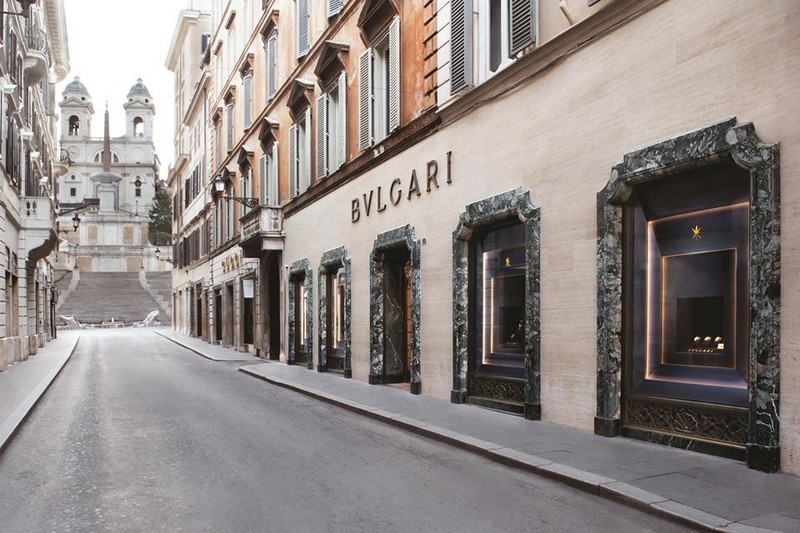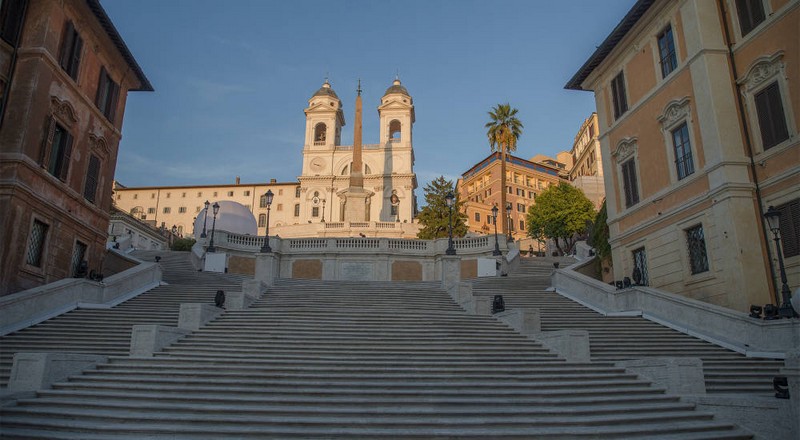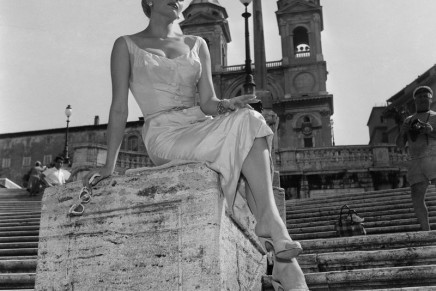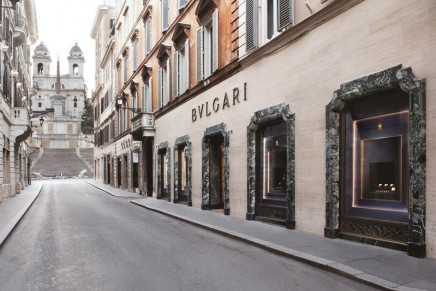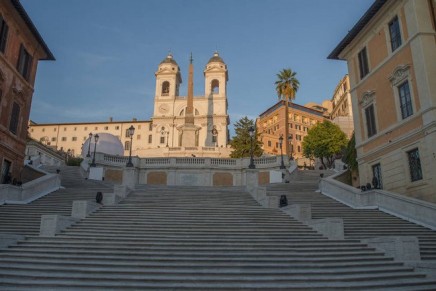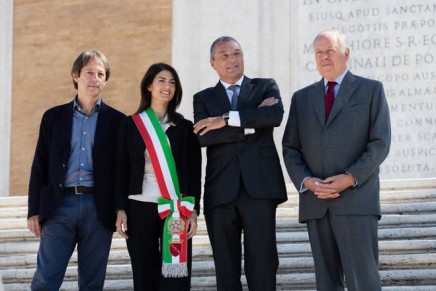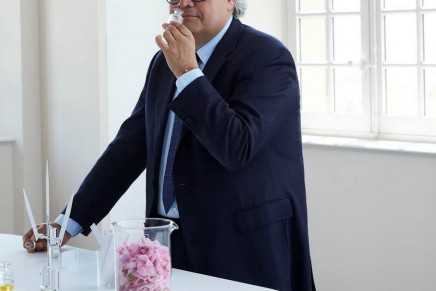Bulgari celebrates inauguration of Spanish Steps monument in Rome.
To mark the 130th anniversary of the luxury House in 2014, Bulgari donated 1.5 million euros to the city of Rome to finance the restoration of Spanish Steps, one of Rome’s most iconic monuments.
On September 23rd, Romans were once again delighted to walk up the monumental Spanish Steps, a symbol of Rome’s cultural and architectural heritage. Following the restoration project financed by Bulgari that began in October 2015, the 138 steps have been returned to their gleaming splendor.
“Today we are delighted to celebrate with the city the return of a monument whose splendor represents the grandeur of Rome,” said CEO Jean-Christophe Babin. The Spanish Steps have special historic resonance for Bulgari as the connection between Via Sistina, where Roman jeweler Sotirio Bulgari opened his first shop in 1884, and Via dei Condotti, now home to its flagship store.
To celebrate the event, Bulgari organized an inaugural evening Piazza di Spagna, inviting 30 Roman citizens whose names were drawn at random from a list provided by the municipality. Also attending were ten prisoners who volunteered to work on the renovation project without pay as part of a rehabilitation program organized by the city of Rome and supported by Bulgari.
The 1953 film Roman Holiday, starring Audrey Hepburn and Gregory Peck, made the Spanish Steps famous to an American audience. The apartment that was the setting for The Roman Spring of Mrs. Stone (1961) is halfway up on the right. Bernardo Bertolucci’s Besieged (1998) is also set in a house next to the Steps. The Steps were featured prominently in the film version of The Talented Mr. Ripley starring Matt Damon in the title role.
Piazza di Spagna, at the bottom of the Spanish Steps, is one of the most famous squares in Rome (Italy). It owes its name to the Palazzo di Spagna, seat of the Embassy of Spain among the Holy See. Nearby is the famed Column of the Immaculate Conception of the Blessed Virgin Mary.
The imposing 135-step staircase was inaugurated by Pope Benedict XIII during the 1725 Jubilee; it was released (thanks to French loans granted in 1721–1725) in order to connect the Bourbon Spanish embassy (from which the square takes its name) to the Church of Trinità dei Monti.
It was designed by Alessandro Specchi and Francesco De Sanctis after generations of long and glowing discussions about how to urbanize the steep slope on the side of the Pincian Hill in order to connect it to the church. The final key was the one proposed by Francesco De Sanctis: a great staircase decorated with many garden-terraces, splendidly adorned with flowers in spring and summer. The sumptuous, aristocratic staircase, at the summit of a straight sequence of streets leading down to the Tiber, was designed so that the scenic effects increase more and more while approaching to it. In effect, the creation of long, deep perspectives culminating in monumental wings or backdrops was typical of the great baroque architecture. The Spanish Steps were restored in 1995.
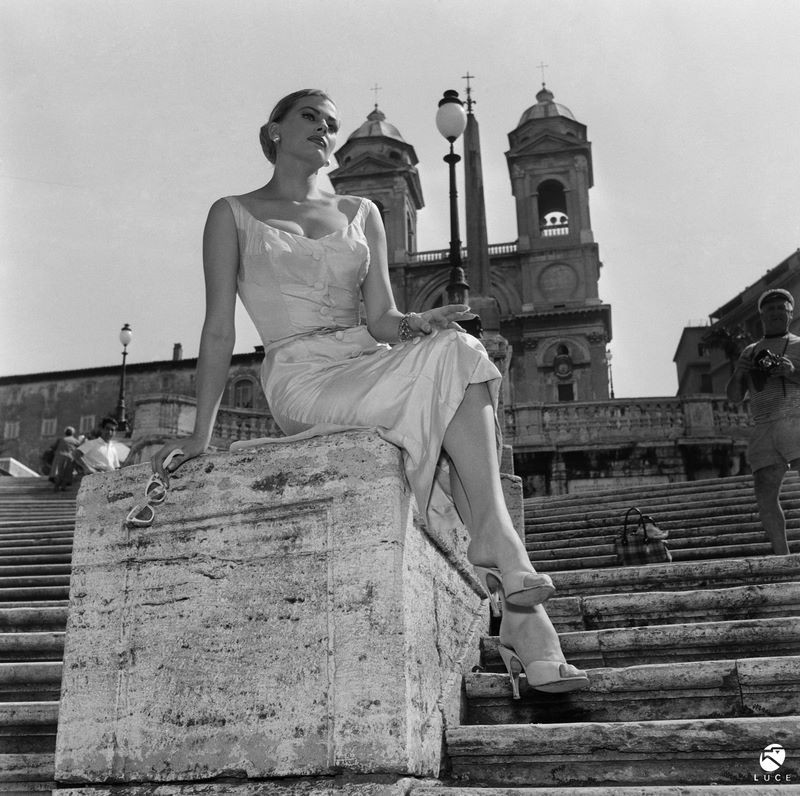
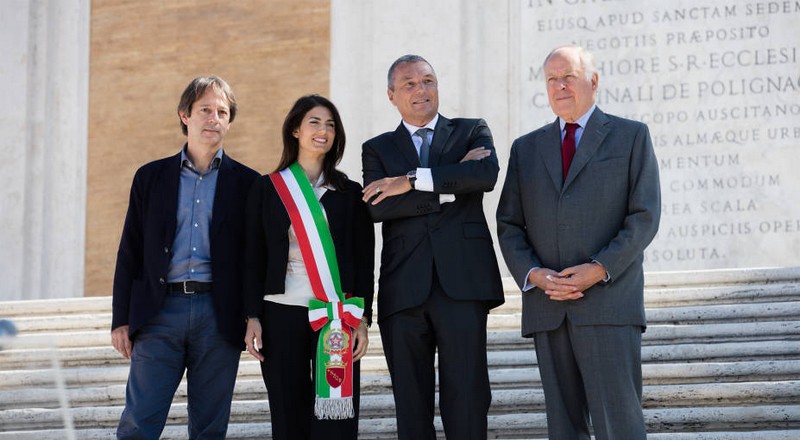
The inauguration was attended by Rome mayor Virginia Raggi and Jean-Christophe Babin, CEO of Bulgari.

